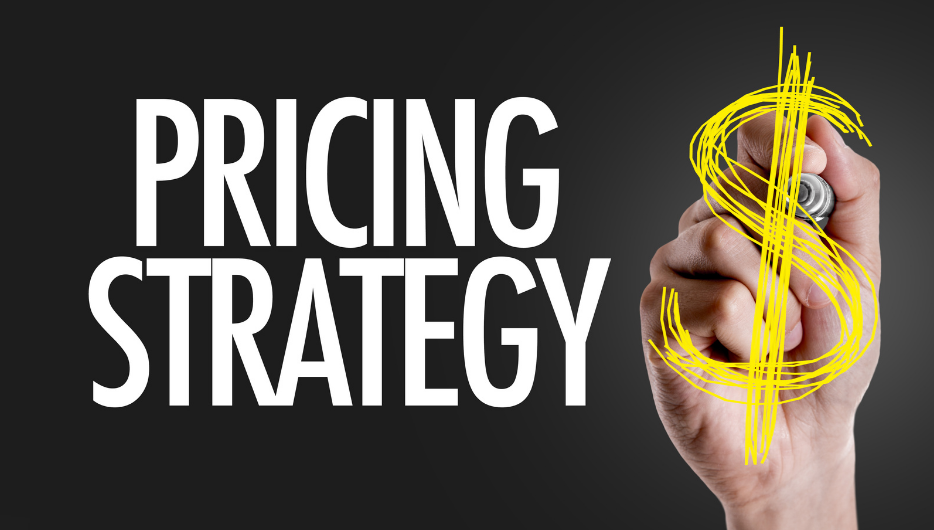Just as with every aspect of your business, your coaching programs should offer several levels of commitment, from free to high-end VIP days or mastermind retreats. Doing so helps new potential clients move from “getting to know you” to “raving fan” more easily, and helps ensure you always have a positive cash flow in your business.

You probably already have many of the pieces in place already, so start your sales funnel planning by listing out all the products and services you currently offer, such as:
- Self-study programs
- Free webinars or teleseminars
- Free call days
- Current coaching offers
- Ebooks and other resources
It helps to think about all your options in terms of cost, since the lowest-priced products (those on the free end) will be what leads clients into your funnel. So for example you might host a free monthly call during which anyone can ask you questions related to your area of expertise. That would be the top of your funnel.
From there, you can create offers for people to reach out to you on free call days, where a potential client can pick up the phone for a short (10- to 15-minutes) one-on-one session with you. During that call, you should (if it’s a good fit) make it a point to offer one of your paid programs, leading her further into your funnel.
It’s very likely that the first time a client pays you, it will be for a low-cost, self-study program, ebook, or other similarly priced item. It’s rare that a potential client will love your free offer so much she’ll jump right into your highest-priced program without first getting to know you a little better.

From self-study courses, the next step is to move your clients into an actual coaching program, whether that’s an entry-level email coaching, or a group or one-on-one offer. You don’t have to have all three in place, but if you do, then the next logical step is the lowest-priced program.
If you map out your sales funnel and notice a huge gap between offers – for example, you have a $27 ebook and your next product is a $1500 mastermind retreat, it’s probably time to create some intermediary offers. Those might be a more content-heavy self-study program, a one-on-one coaching offer, or anything else that is a logical next step. The key is to keep increasing the engagement – along with the price – so you can move people smoothly through your funnel.